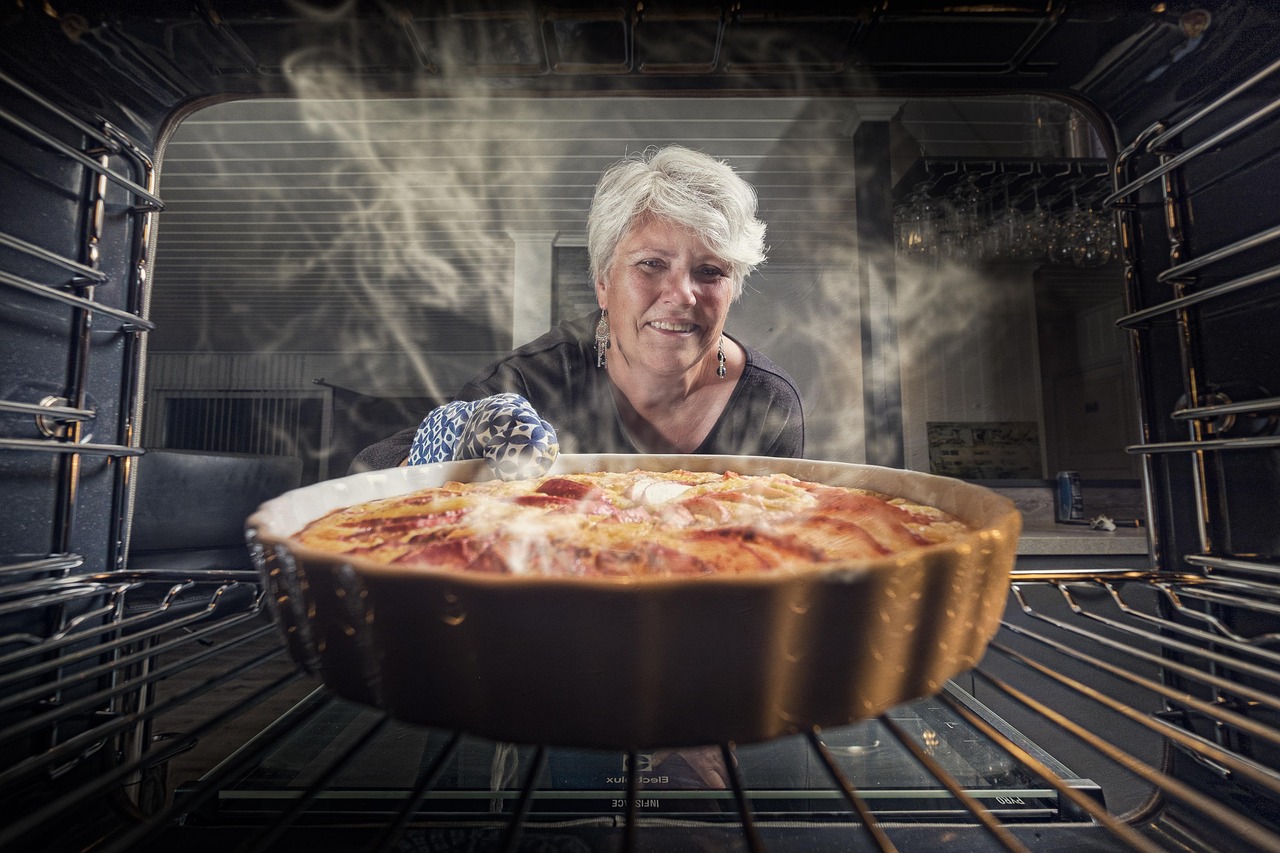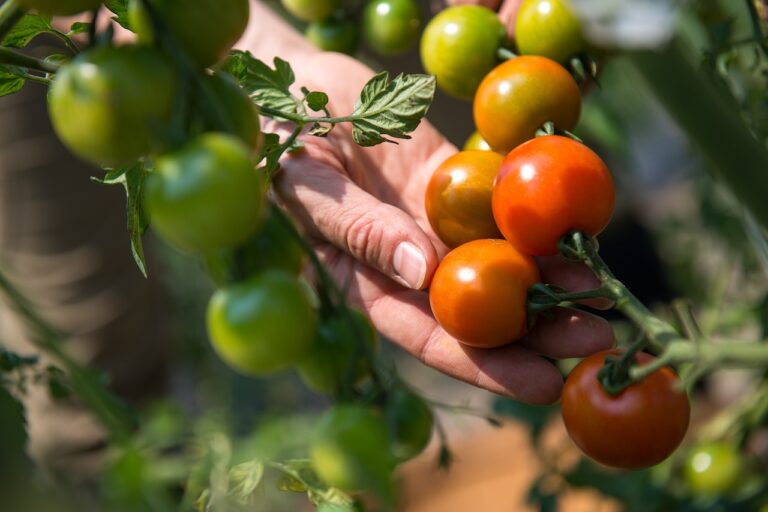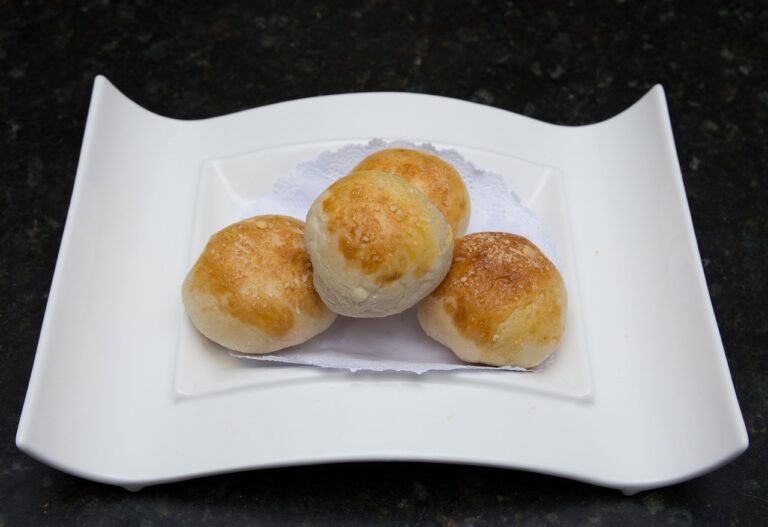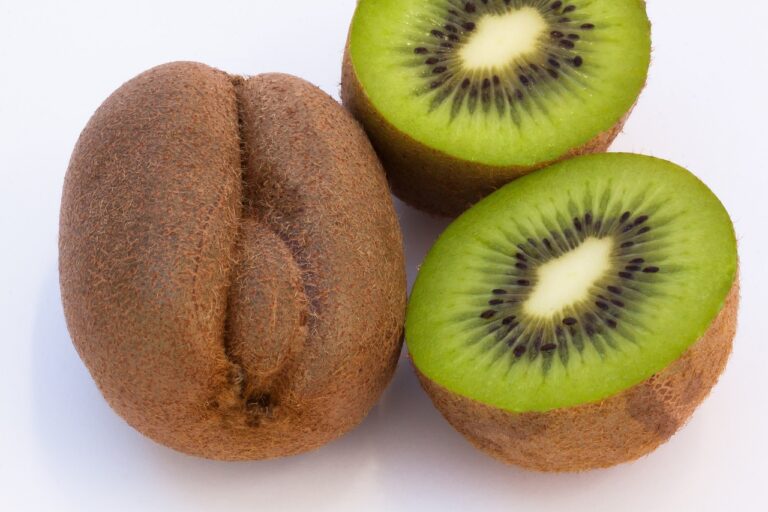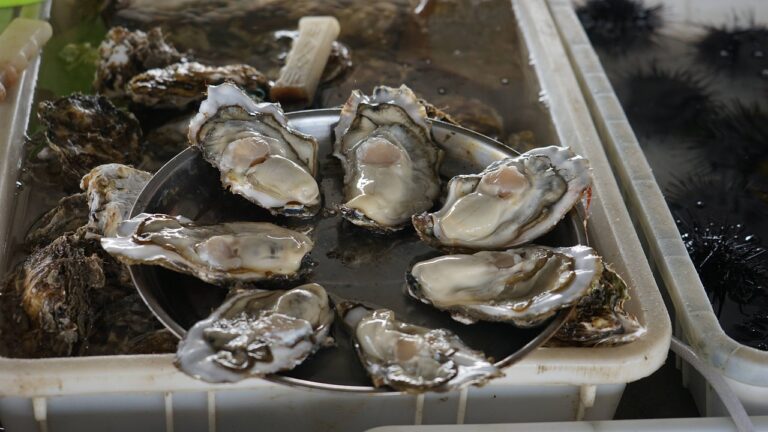UV-C Technology: The Role of Ultraviolet Light in Food Sanitization
UV-C technology is a type of ultraviolet light that falls within the range of 200 to 280 nanometers wavelength. This specific range is effective in deactivating the DNA of bacteria, viruses, and other microorganisms, making it a powerful tool for disinfection and sterilization purposes. UV-C light works by breaking down the genetic material of these harmful organisms, rendering them unable to replicate or cause infections.
One of the key advantages of UV-C technology is its ability to eliminate the need for chemical-based disinfectants, which can be harmful to human health and the environment. UV-C light is a clean and non-toxic method of disinfection, making it ideal for use in various industries such as healthcare, food processing, and water treatment. By harnessing the power of UV-C technology, organizations can achieve high levels of sanitation without the risk of chemical contamination.
Understanding Ultraviolet Light
Ultraviolet (UV) light is a type of electromagnetic radiation that falls within the non-visible spectrum of light. It has a shorter wavelength than visible light, making it invisible to the human eye. UV light is categorized into UVA, UVB, and UVC, with UVC being the most effective for germicidal purposes due to its ability to disrupt the DNA of microorganisms. This makes it a powerful tool for disinfection and sterilization in various industries, including healthcare, water treatment, and food processing.
UV-C light, specifically, has a wavelength ranging from 100 to 280 nanometers and is commonly used for its germicidal properties. Its high energy can destroy the genetic material of bacteria, viruses, and other pathogens, preventing them from replicating and causing harm. This makes UV-C technology a popular choice for ensuring food safety by deactivating harmful microorganisms and extending the shelf life of perishable goods. Moreover, the non-chemical nature of UV-C light treatment makes it a safe and environmentally friendly option for disinfection purposes.
UV light falls within the non-visible spectrum of light
Categorized into UVA, UVB, and UVC
UVC is most effective for germicidal purposes due to its ability to disrupt DNA of microorganisms
Wavelength of UV-C ranges from 100 to 280 nanometers
UV-C technology popular for ensuring food safety by deactivating harmful microorganisms
Applications of UV-C Technology in Food Industry
UV-C technology is finding a prominent place in the food industry for its ability to effectively eliminate pathogens and extend the shelf life of various food products. By using UV-C light to target microorganisms like bacteria, viruses, and molds, food safety can be significantly enhanced, reducing the risk of foodborne illnesses. This method provides a chemical-free approach to disinfection, making it a safe and environmentally friendly choice for food processing facilities.
Another key application of UV-C technology in the food industry is for surface disinfection of equipment and packaging materials. By exposing these surfaces to UV-C light, any lingering pathogens can be efficiently deactivated, ensuring a higher level of hygiene throughout the food production process. This method not only improves food safety standards but also helps in maintaining the quality and freshness of food products, ultimately benefiting both consumers and food manufacturers.
What is UV-C technology?
UV-C technology is a method of disinfection that uses ultraviolet light to kill bacteria, viruses, and other microorganisms.
How does ultraviolet light work to disinfect?
Ultraviolet light damages the DNA and RNA of microorganisms, preventing them from reproducing and ultimately killing them.
What are some common applications of UV-C technology in the food industry?
UV-C technology is used in food processing facilities to disinfect surfaces, equipment, and packaging materials. It can also be used to disinfect water used in food production.
Is UV-C technology safe for use in the food industry?
Yes, when used properly, UV-C technology is a safe and effective method of disinfection in the food industry. It is important to follow recommended guidelines for exposure times and distances to ensure safety.
Are there any limitations to using UV-C technology in the food industry?
UV-C technology is most effective on surfaces that are directly exposed to the light, so it may not be as effective on hidden or shadowed areas. Additionally, UV-C light can degrade some materials over time, so it is important to use it carefully on sensitive surfaces.

